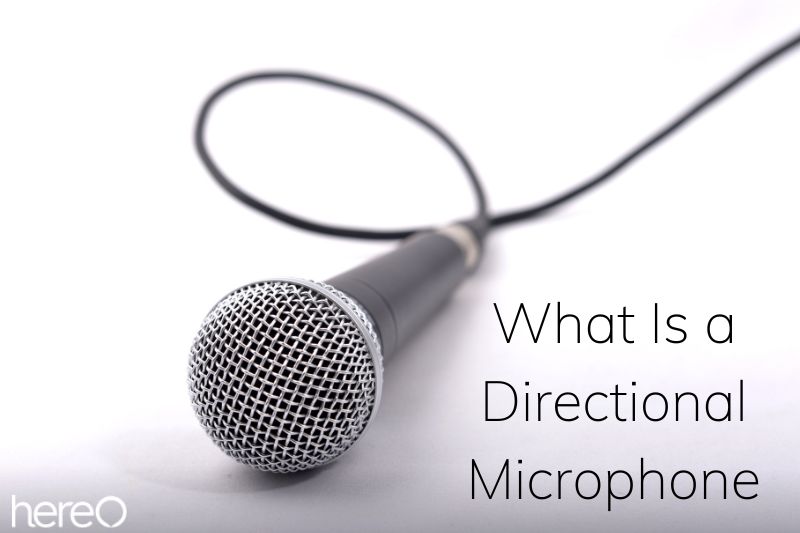Understanding the basics of how a microphone captures sound is essential in order to select the best microphone. In this article, we will take a look into the directional microphone. So, what is a directional microphone?
Contents
What Is A Directional Microphone?
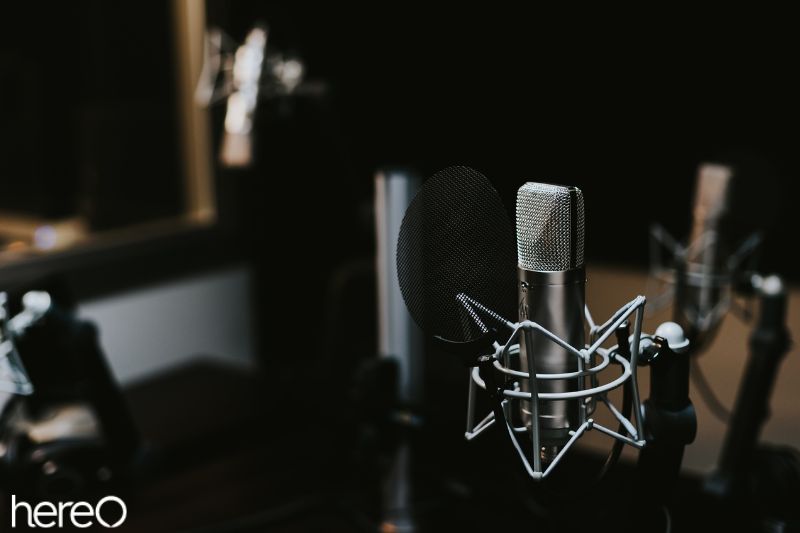
A directional microphone is a type of microphone that is designed to record sound from a specific direction.
It does this by using an array of small microphones, each of which captures sound from a different angle. This allows it to pick up sound from a particular direction more clearly than a standard microphone, which can pick up sound from all directions.
Directional microphones are often used for recording audio in live settings, such as concerts or speeches, as they can capture sound from a specific source more clearly than a standard microphone.
They are also used in video recording, as they can help to reduce background noise and focus on the sound of a particular source.
Using a directional microphone can be beneficial for anyone looking to improve their audio recordings. By being able to isolate a specific sound source, you can ensure that your audio recordings are clear and free of any unwanted noise.
Furthermore, directional microphones can be used to create a more immersive experience while listening to audio recordings, as they can better capture the nuances of a particular sound source.
How Do Directional Microphones Work?
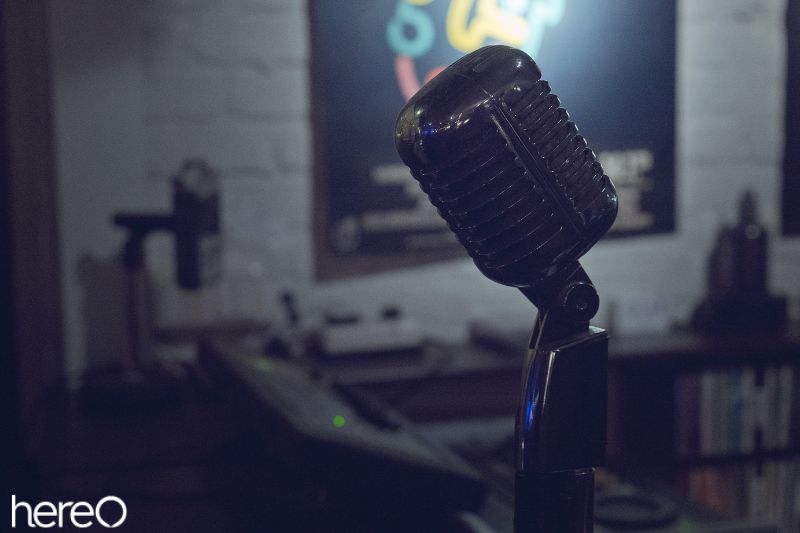
Directional microphones use an array of small microphone elements arranged in a specific pattern like a figure-of-eight or cardioid configuration. This allows the microphone to focus on the desired sound source while rejecting noise from other directions.
The pattern of the microphone elements helps determine how directional the microphone is. A figure-of-eight pattern will be more directional than a cardioid pattern. The more directional the microphone is, the more it can focus on the sound from one direction and reject noise from other directions.
Top-Address vs Side-Address Microphone
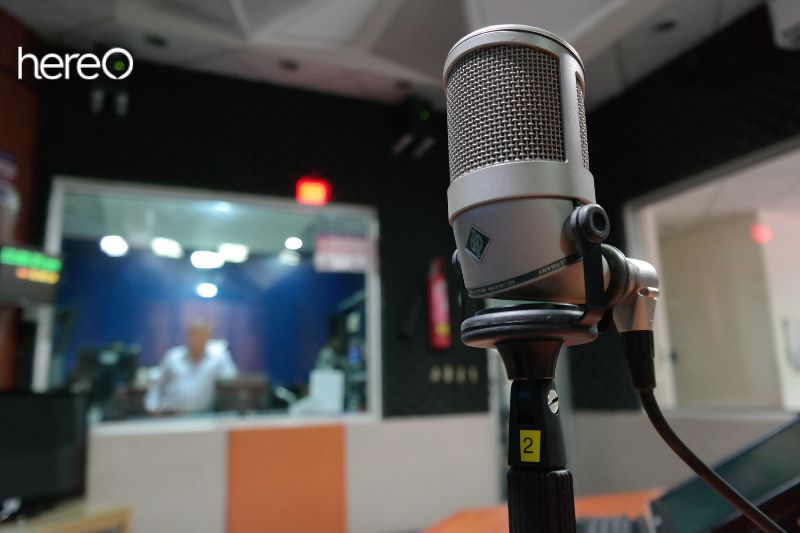
We need to comprehend the microphone’s main axis in order to comprehend the directionality of a directional microphone.
The primary axis can be visualized as a line that emanates from the microphone and points in the direction of the mic. This line extends perpendicularly from the mic capsule and through the center of the diaphragm of the microphone.
On the polar pattern response graph of a microphone, the primary axis, also known as the microphone’s on-axis response line, is indicated as 0°.
It’s important to remember that every microphone specification that mentions the transducer element of the microphones refers to a sound source that is on the main axis of the microphone. If the noises are coming at the microphone at an angle, directional microphones won’t capture them as they should!
We can get a good notion of the microphone’s directional properties and angle-dependent sensitivity by looking at its polar pattern. As previously stated, the polar pattern is based on the main axis of the microphone.
Finding the major axis direction of the microphone becomes the exercise in identifying the directionality of a microphone. In terms of the principal axis’ orientation in relation to the mic body, there are essentially two types of microphones:
- Top-address: The microphone’s main axis emerges from the top of the body.
- Side-address: The microphone’s main axis protrudes from the side of the body.
Top-Address Microphone
Top address microphones are typically simple to point in the right place. Their bodies are usually long, with the output connection at one end and the capsule at the other.
These microphones are frequently moving coil, pencil, and small diaphragm condenser microphones.
Side-address Microphone
Although they can be a little trickier to aim precisely, side-address microphones are normally simple to use. The main axis of a side-address microphone extends from the side of its body.
Large-diaphragm condenser mics or ribbon mics are frequently used as side-address mics.
The diaphragm and capsule/element of side-address microphones are frequently visible through the grilles and headbaskets. It is easier to visualize the principal axis oriented perpendicular to the diaphragm’s center when we can see the capsule or element.
The back of the capsule or element can occasionally be confused with the front. Once the microphone is connected, we should be able to hear it and test it to make sure it is facing forward rather than backward (unless the mic is bidirectional).
The front side is typically indicated on the mic body of side-address microphones by a symbol.
Types of Directional Microphones
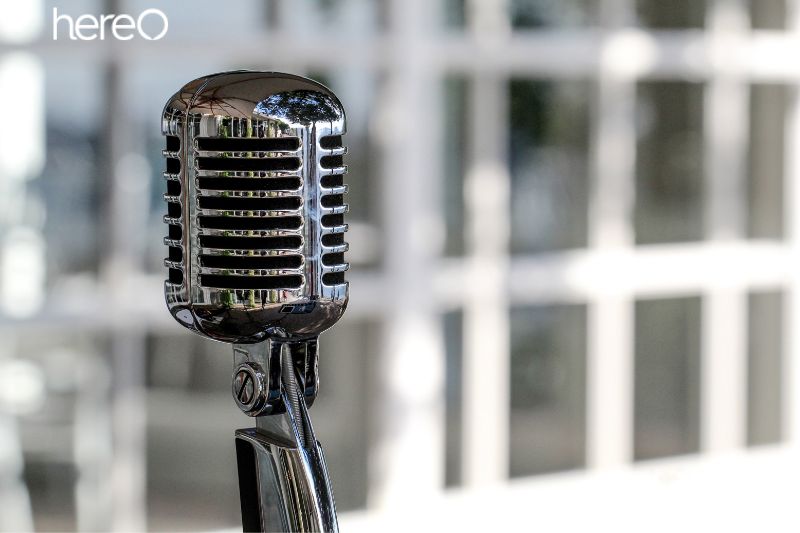
The Shotgun
The most directional microphones available are shotgun microphones. The shotgun polar pattern in its entirety is depicted below. If the microphone displays side lobes (a side ring) of sensitivity, this is also referred to as the lobar pattern.
A complex acoustic labyrinth architecture built around the microphone capsule produces this pattern. By themselves, these small-diaphragm capsules show either supercardioid or hypercardioid patterns.
The lengthy interference tube that is positioned in front of the diaphragm is what causes the rear narrowing. The length of this tube contains sporadic slots.
Before the sound waves ever have an opportunity to reach and interact with the microphone diaphragm, they are mostly canceled out by deconstructive wave interference when they do enter the tube at off-axis angles.
Sound waves that enter the tube’s top or are just slightly off-axis do not, or only slightly, experience this cancellation.
The super-directional shotgun polar pattern is produced by placing an interference tube in front of a very directional capsule.
The Hypercardioid
The hypercardioid microphone polar pattern is perhaps the most directional achieved within a useful microphone capsule body. Using a pressure-gradient microphone is capable of producing the hypercardioid pattern. This polar pattern is made possible by an extremely intricate acoustic labyrinth.
The Supercardioid Polar Pattern
The supercardioid pattern and the hypercardioid pattern are quite similar. The frontal lobe and back lobe of the supercardioid are primarily different in size. We might contend that this pattern is less directed than the hypercardioid pattern, but also less bidirectional and more unidirectional.
The Cardioid Polar Pattern
Perhaps the most popular polar pattern for professional microphones is the cardioid pattern. It can be conceptualized as the result of combining pressure and pressure gradient.
But in unidirectional microphones with a single diaphragm, a sophisticated acoustic labyrinth system in the capsule behind the diaphragm creates this pattern.
The Subcardioid Polar Pattern
The easiest way to describe the subcardioid polar pattern is as a unidirectional one with an omnidirectional inclination. The pattern has no bull points and is yet somewhat responsive to the rear directions.
Once more, the subcardioid polar pattern necessitates a complicated back port system and precise tuning of the microphone for this particular directionality.
The Bidirectional Polar Pattern
The best illustration of a pressure gradient where both sides of the diaphragm are equally exposed to sound pressure variation is the bidirectional (figure-8) polar pattern.
FAQs about What Is a Directional Microphone

Are there directional microphone long distance?
Yes, There are four general types of directional microphones:
- Parabolic;
- Flat with Phase grid;
- Microphones with a running wave;
- Gradient.
What is a parabolic directional microphone used for?
During broadcast football games, parabolic microphones are frequently utilized on the sidelines. The players are the target of sound technicians’ microphones, and the resulting audio is used in the televised broadcast. Ornithologists also record bird calls using parabolic microphones.
What is directional microphone best for?
A microphone that only picks up sound from a certain location is known as a directional microphone. They reduce unwanted noise and are ideal for particular instruments, interviews, gaming, and a ton of other things.
What mic picks up sound from all directions?
Omnidirectional microphone will pick up sound from every direction around it.
Conclusion
A directional microphone is the perfect choice for capturing sound from a specific direction or location, making it an ideal tool for recording in certain environments. We hope this article has given you a better understanding of how directional microphones work and why they may be a great choice for your recording needs.
If you have any further questions or need help selecting the best microphone for your application, don’t hesitate to reach out to a professional audio engineer today!
HereOfamily thank you for reading!
